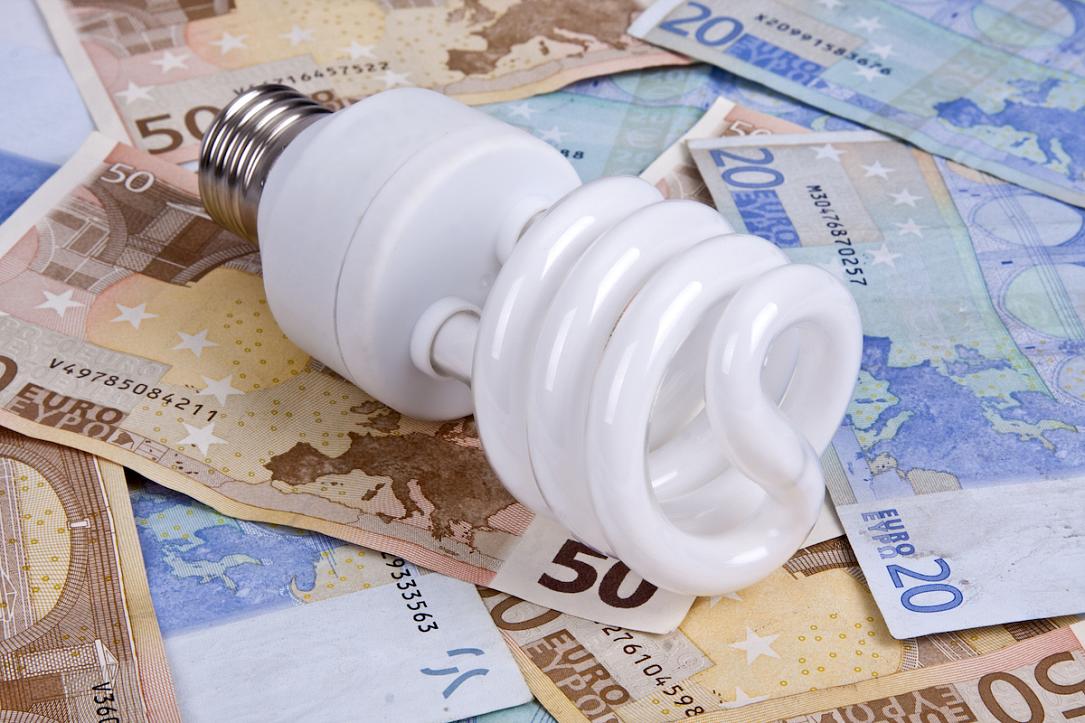EC wants energy consumption reduction measures, Romania’s already lowest in Europe



The average Romanian consumed 2.7 MWh in 2020, placing the country last in a ranking measuring energy consumption per capita in Europe.
By comparison, Ukraine’s average per capita energy consumption in the same year stood at 2.8 MWh, while Germans consumed 6.4 MWh per inhabitant in the same period. These values pale in comparison with the champions of per capita energy use in Europe, namely Norway (23.3 MWh) and Iceland (51 MWh), both outside the EU.
Other figures serve to further contextualize Romania’s energy climate. The country’s energy consumption dropped by 19.48% since 1990, and its CO2 emissions by 58.33% in the same period, according to the International Energy Agency.
“95% of Romania’s energy consumption in the ‘90s was industrial, households accounting for the rest,” energy and infrastructure analyst Otilia Nuţu told ZF. Energy consumption is especially low in the countryside, the least developed areas in Romania, she says.
Last week, the European Commission unveiled a series of “exceptional electricity demand reduction measures” meant to reduce the cost of electricity throughout the winter. The Commission hopes to tackle high energy prices brought about by Russia’s invasion of Ukraine and the subsequent energy crisis.
One of the measures will have states reduce electricity consumption by at least 5% during selected peak price hours. Member states will also have to reduce overall electricity demand by at least 10% until March 31, 2023.
“Our problem is that we don’t even have the data. We don’t know how energy is consumed in Romania. We have the same production method, with very large units, close to the old former industrial units, while our consumption has moved to the urban area,” Nuţu says.
Despite massive deindustrialization, households only take up around 25% of the energy consumed in Romania, while the European average stands at 27%. Few devices using electricity have made their way to the country’s rural households, something which can translate into something akin to an advantage in the coming period.
(Photo source: prudencio_alvarez | dreamstime.com)